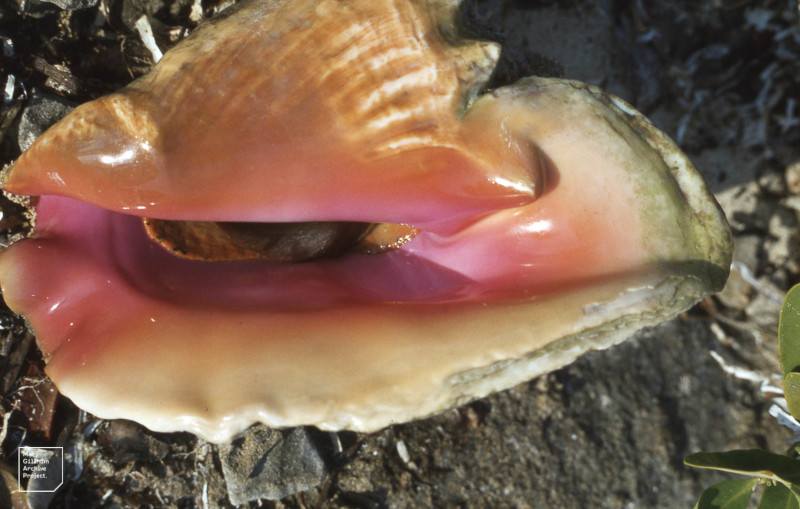Queen Conch Facts
- The term of Queen Conch perfectly serves as the currently accepted common name of a particularly beautiful variety of sea snail. The name of the animal itself, however, remains a source of some confusion, and even a small amount of controversy.
- That’s due to the fact that the mollusk has gone by other scientific names in the past. The original official name for the creature was Strombus gigas. But, that later changed to the distinctive term Lobatus gigas. Now, though, it stands at Aliger gigas.
- Its first official recognition as a distinct species occurred in the year 1758. This took place at the hands of the renowned Swedish naturalist Carl Linnaeus. His choice of name for the creature held true for more than 200 years, until modern times.
- Quite fortunately, for the moment, the Queen Conch does not appear on the IUCN Red List of Threatened Species. This situation exists because it appears to still have a sufficient population base. That, however, could easily change in the future.
- That’s due to the fact that many experts consider it to be facing multiple threats to its safety as a species. One of these consists of over fishing through commercial activities. Yet another remains habitat loss. But its greatest threat remains climate change.
Related Articles
Queen Conch Physical Description
The actual body of the amazing Queen Conch attains a highly respectable size, compared to related creatures. The overall length, though, varies significantly, even among individuals, as it moves. This obviously makes precise measurements difficult to acquire.
The body has some distinct physical characteristics, however. For one, the soft body possesses a head provided with an elongated snout. This also serves as the home of two eyestalks. The animal displays two tentacles, and a single, large part known as the foot.
But the shell of the fascinating Queen Conch represents its most fascinating feature. This varies in size, since it grows as the animal itself does. The shells of adults range from 5.9 – 12.2 in (15 – 31 cm) in length. These also reach an average weight of about 5 lb (2.3 kg).
This portion of the impressive gastropod also has a beautiful appearance. It generally grows in a strong spiral shape. A mature specimen usually displays 9 – 11 whorls. The exterior typically presents shades of tan or brown. But the inside appears a glossy orange or pink.
- Kingdom: Animalia
- Phylum: Mollusca
- Class: Gastropoda
- Order: Littorinimorpha
- Family: Strombidae
- Genus: Aliger
- Species: A. gigas
Queen Conch Distribution, Habitat, and Ecology
The magnificent Queen Conch inhabits a comparatively broad swathe of the world’s oceans. That area’s quite complicated, though. More specifically, the northern edge of this range includes the Western Atlantic coasts of both North America and Central America.
Meanwhile, the southern edge of its range includes the Caribbean tropical area. Unconfirmed reports also extend that range to the northeastern shores of Brazil, in South America. This zone of habitation also includes numerous islands where it appears.
Wherever individuals appear within this range though, these have specific requirements for their choice of habitat. Specimens typically reside in warm shallow water. This region usually consists of regions with a depth measuring no more than 70 ft (21 m).
The stunning Queen Conch also evolved as benthic in nature, meaning it lives on the ocean floor. Most commonly, it prefers to inhabit such regions as areas of seagrass beds. Yet it also often appears among coral reefs and various sandy stretches where these are unavailable.
While some related creatures evolved as hermaphroditic in nature, that’s not the case for this one. This member of its Family possesses two sexes, and reproduces via internal fertilization. After mating, the female lays as many as an astounding 300,000 eggs.
Species Sharing Its Range
Check out our other articles on 4 Amazing North American Deserts, Guinan cock-of-the-rock, Enchanted Well, Wollemi Pine, White Witch Moth, Culpeo, Bornean Flat Headed Frog, Black Caiman

